霍春阳,生于丙戌岁河北保定清苑,出身没落乡绅之家。幼时居于堂伯药铺后园,名曰“百草园”,始描草木枯荣。其家境清贫,然志向高远。春阳幼年时曾立重誓:“不画画,宁可死。”此言铿然,显其心志坚定。虽困顿窘迫,然其艺志深植心髓,以毕生之热爱对抗尘世艰辛,终成画坛翘楚。
Huo Chunyang, styled Ziyang, was born in the year of Bingxu in Qingyuan, Baoding, Hebei, to a family of declining gentry. As a child, he resided in the back garden of his uncle's pharmacy, named "Hundred Herbs Garden," where he began to depict the vicissitudes of vegetation. Despite the family's impoverished circumstances, his aspirations remained lofty. In his youth, Chunyang made a solemn vow: "If I do not paint, I would rather die." These words, resolute and firm, demonstrated his unwavering determination. Although he faced hardships and poverty, his passion for art was deeply ingrained, and with a lifelong dedication to painting, he eventually became a luminary in the art world.
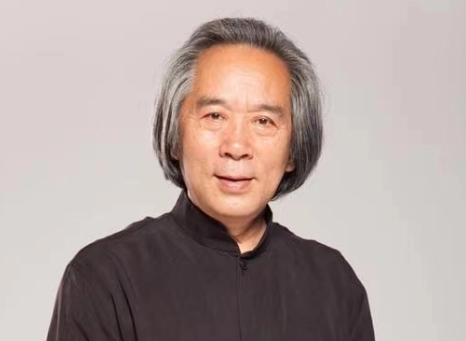
In the year of Yisi, at the age of nineteen, Huo Chunyang, having studied painting for many years, decided to leave his hometown and apply to the Tianjin Academy of Fine Arts. With his ideals in mind, he aspired to reach new heights in the art world. In his early studies, Chunyang explored all genres, from portraits to animal paintings and flower-and-bird compositions, with a particular focus on the latter. From childhood to university, he was singularly devoted to art, passionately immersed in it. He fondly recalled his childhood, eagerly anticipating the weekly art on Wednesdays, considering it a prime opportunity to showcase his skills.
上世纪七十年代中期,霍春阳与师共绘《山花烂漫》,崭露头角,名声初显。其后潜心研习,徜徉经典之林,入南开,习中国文学史、唐宋诗词;至燕园,探中西文化;复往艺研院,深造精进,如饥似渴,寻根溯源,释疑解惑。于学行并举间,春阳之作,多以一枝寒梅、几丛翠竹、一捧幽兰、三两秋菊为题,寥寥数笔,尽显悠远沉静、古雅之致,观者无不身心清爽、神志陶醉。其笔严谨,墨独到,寓真情于笔端,寄善意于画中,造型之美,意境之深,皆可感悟其心思,净化灵魂,以达人格之升华。潜移默化,归于万物之本,体悟传统花鸟画之精微意趣。
In the mid-1970s, Huo Chunyang collaborated with his teacher on the painting "Mountain Flowers in Full Bloom," which brought him initial fame. Thereafter, he immersed himself in studying theics, delving into the literary history of China and Tang-Song poetry at Nankai University; exploring the comparative study of Chinese and Western cultures at Peking University; and furthering his studies at the Chinese Academy of Arts. His relentless pursuit of knowledge led him to seek roots and resolve doubts in theics. Through the combination of study and practice, Chunyang's works, often featuring a branch of winter plum, several stalks of bamboo, a handful of orchids, and a few chrysanthemums, were imbued with a sense of tranquility, elegance, and a timeless charm, leaving viewers refreshed and spiritually uplifted. His meticulous brushwork and unique ink techniques conveyed genuine emotions and profound meanings, creating beautiful compositions with deep connotations. These artworks inspired viewers to purify their souls, thereby achieving a higher state of being. His subtle influence brought people back to the essence of nature, appreciating the intricate charm of traditional Chinese flower-and-bird painting.
霍春阳之画室,氛围清雅,奇石琳琅。古人论石,贵在瘦、透、皱、漏,尤重内敛不张,方中欲圆,圆中欲方,若人品行,内敛则雅,张扬则野。心境映物象,石之形态无休无止,物我两化,真趣尽显。
Huo Chunyang's studio, filled with an aura of elegance and adorned with numerous exquisite stones, reflected his refined taste. Ancient scholars valued stones for their slenderness, transparency, wrinkling, and perforation, emphasizing restraint over ostentation, with a balance of angularity and roundness akin to personal virtues. Such stones, much like one's character, should be understated rather than flamboyant. The appearance of the stones, endlessly varied, mirrored the inner state of the mind, blending the essence of the observer with the object, revealing a profound aesthetic enjoyment.

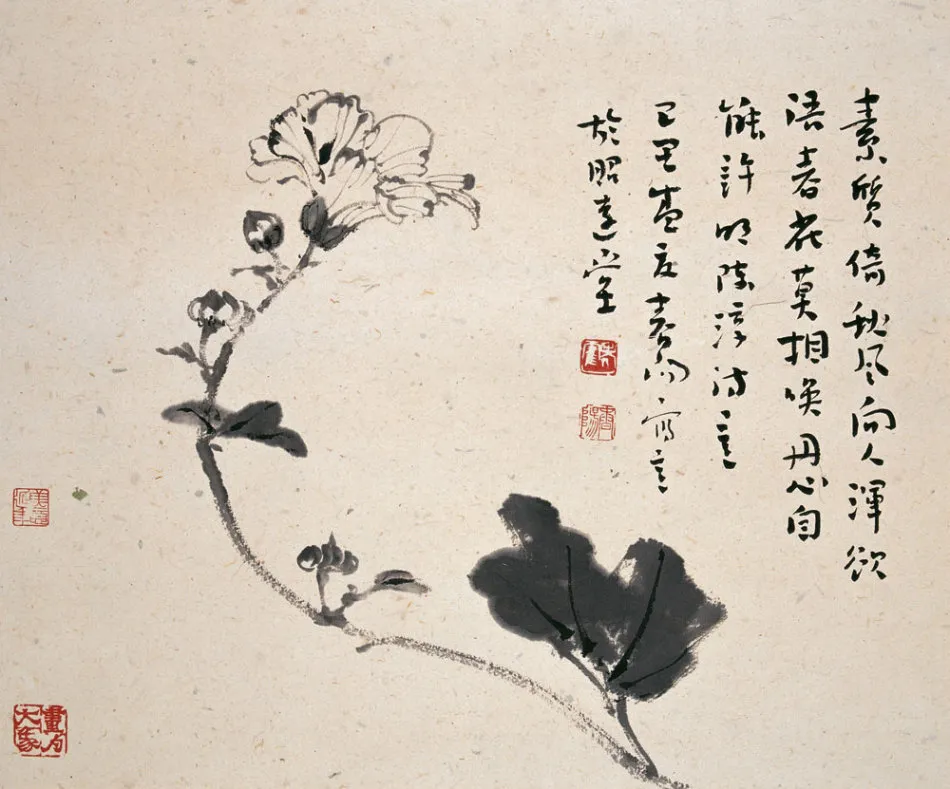

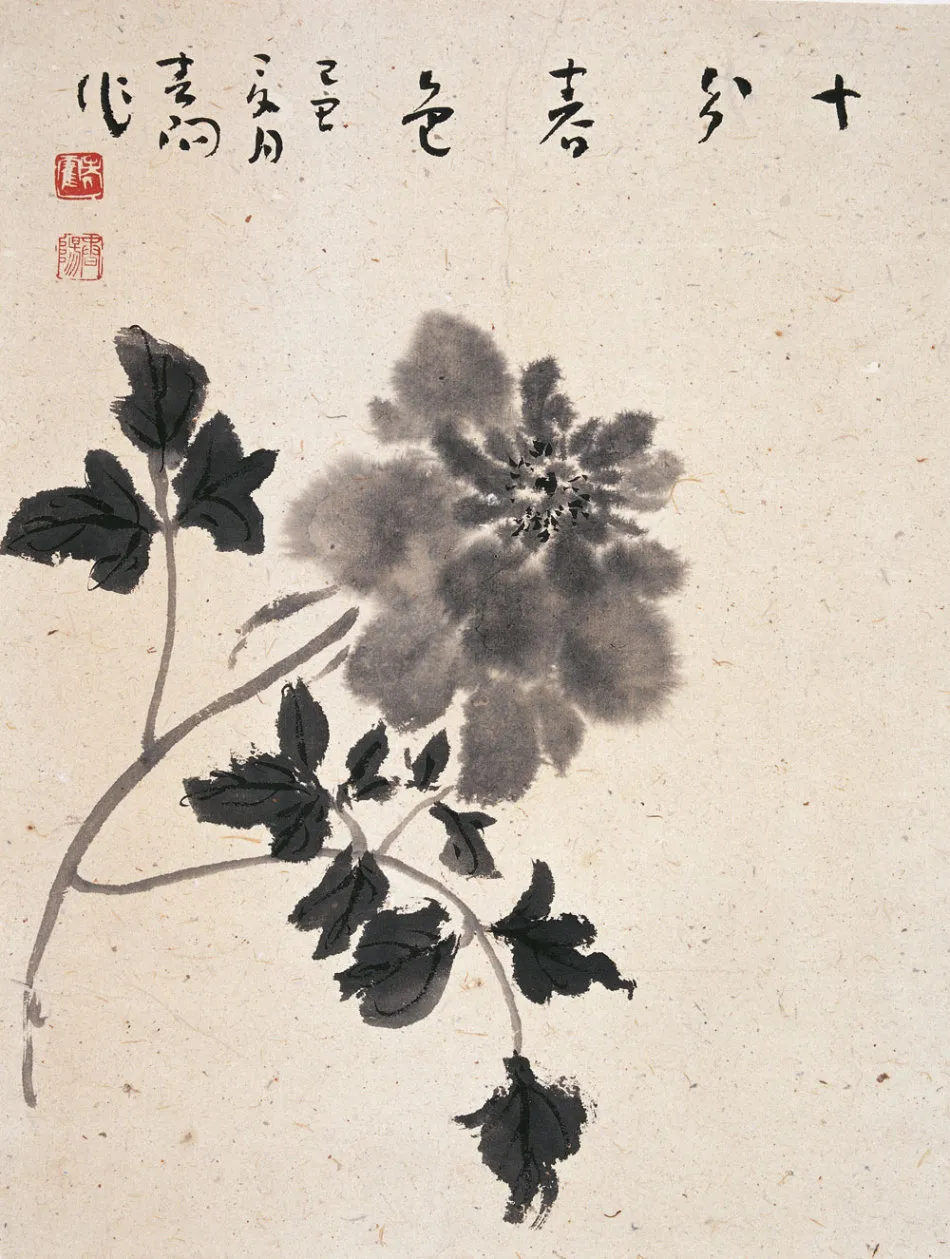
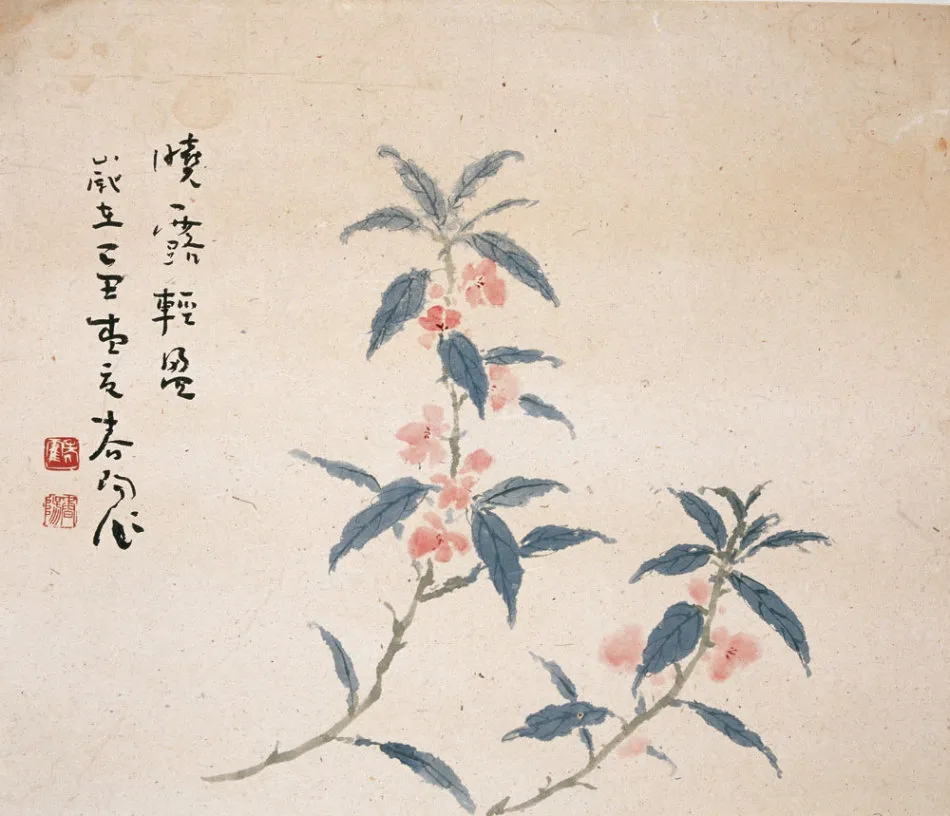
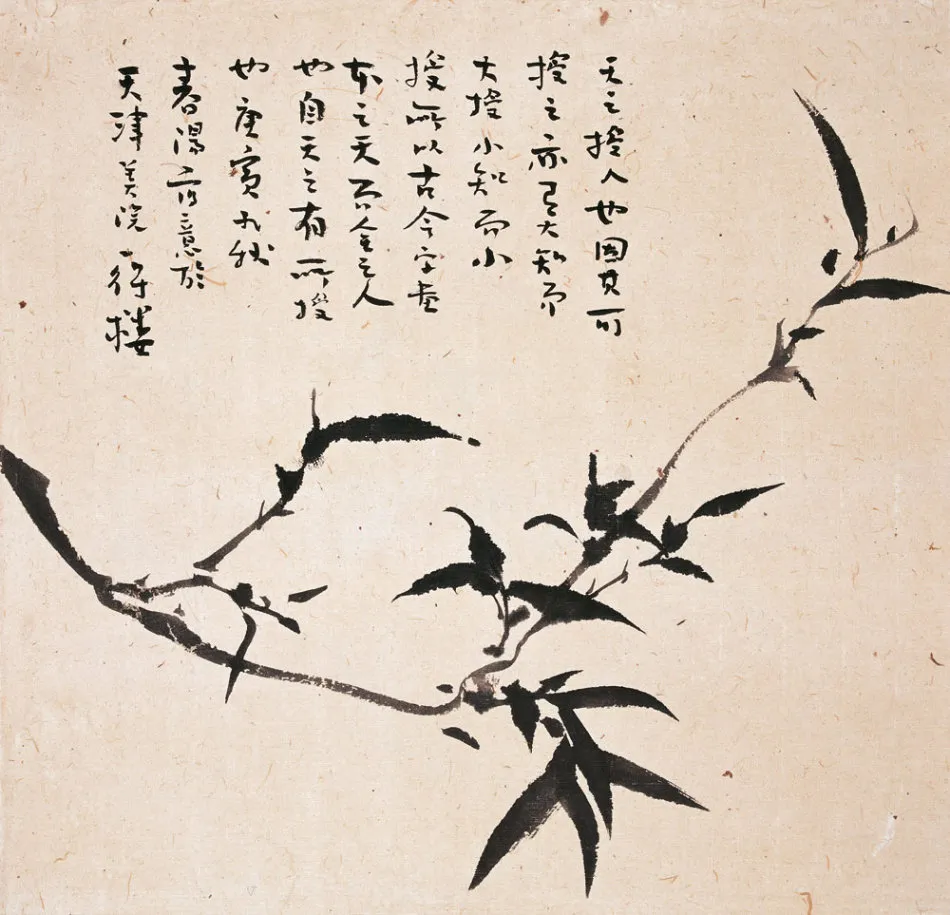
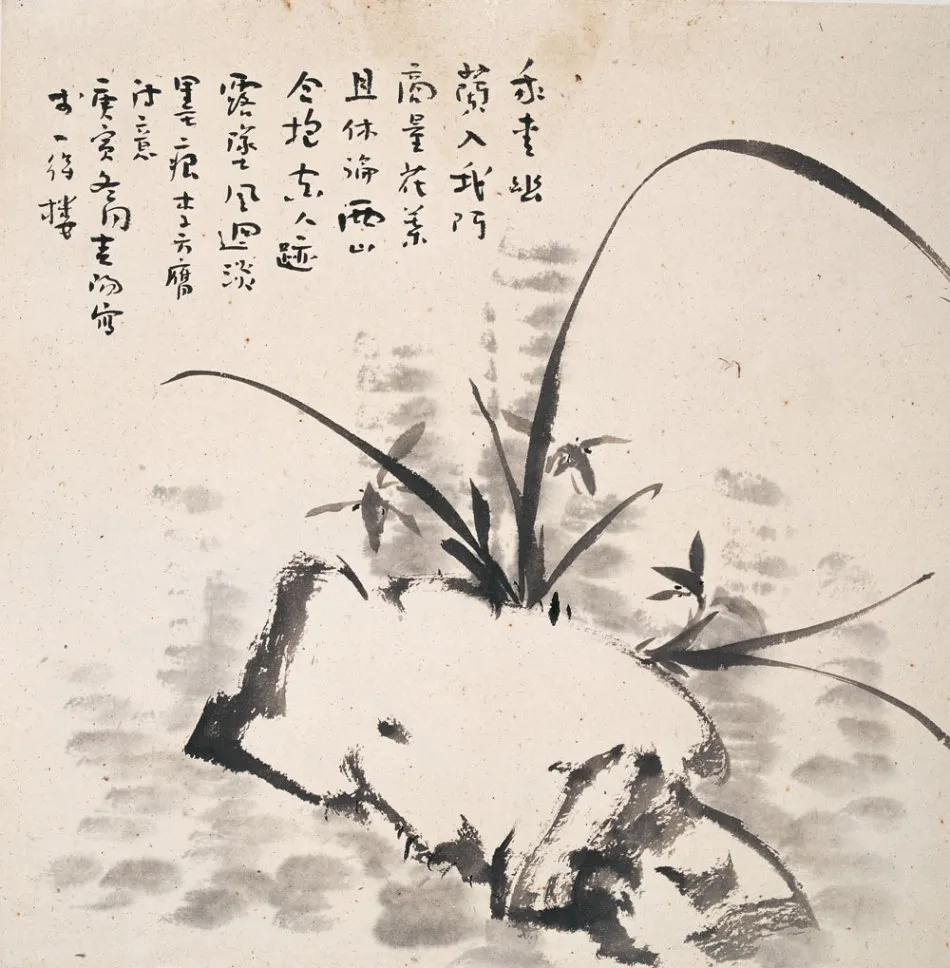
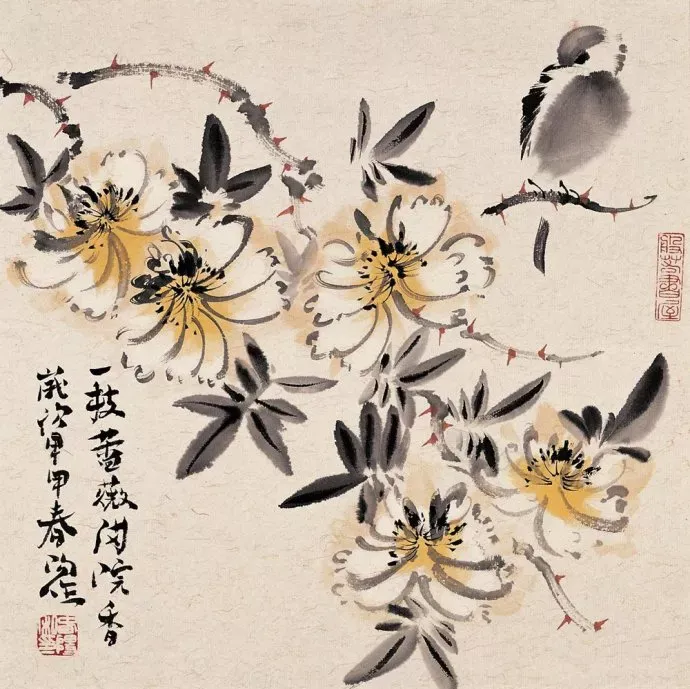

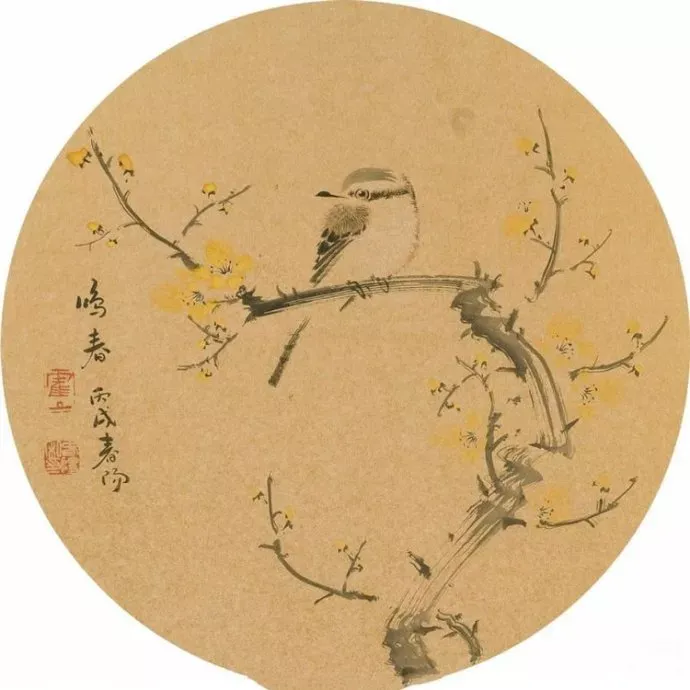
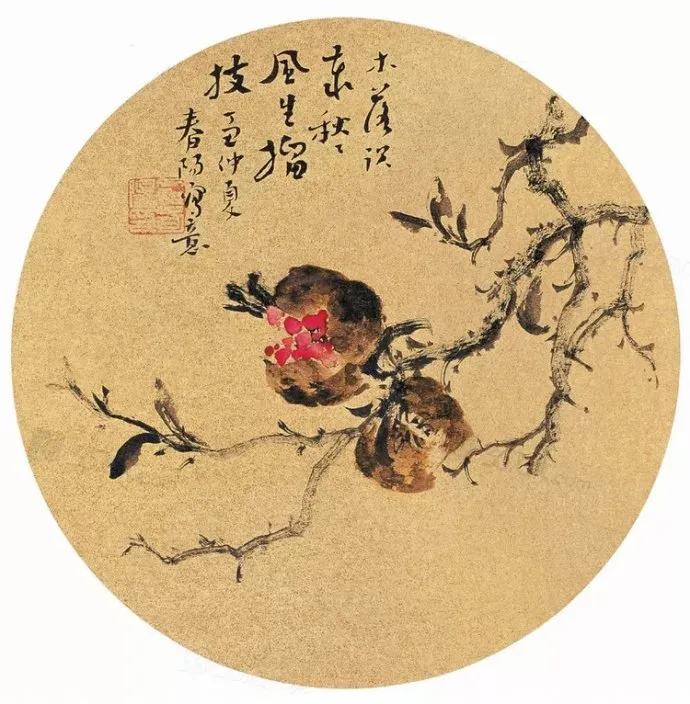
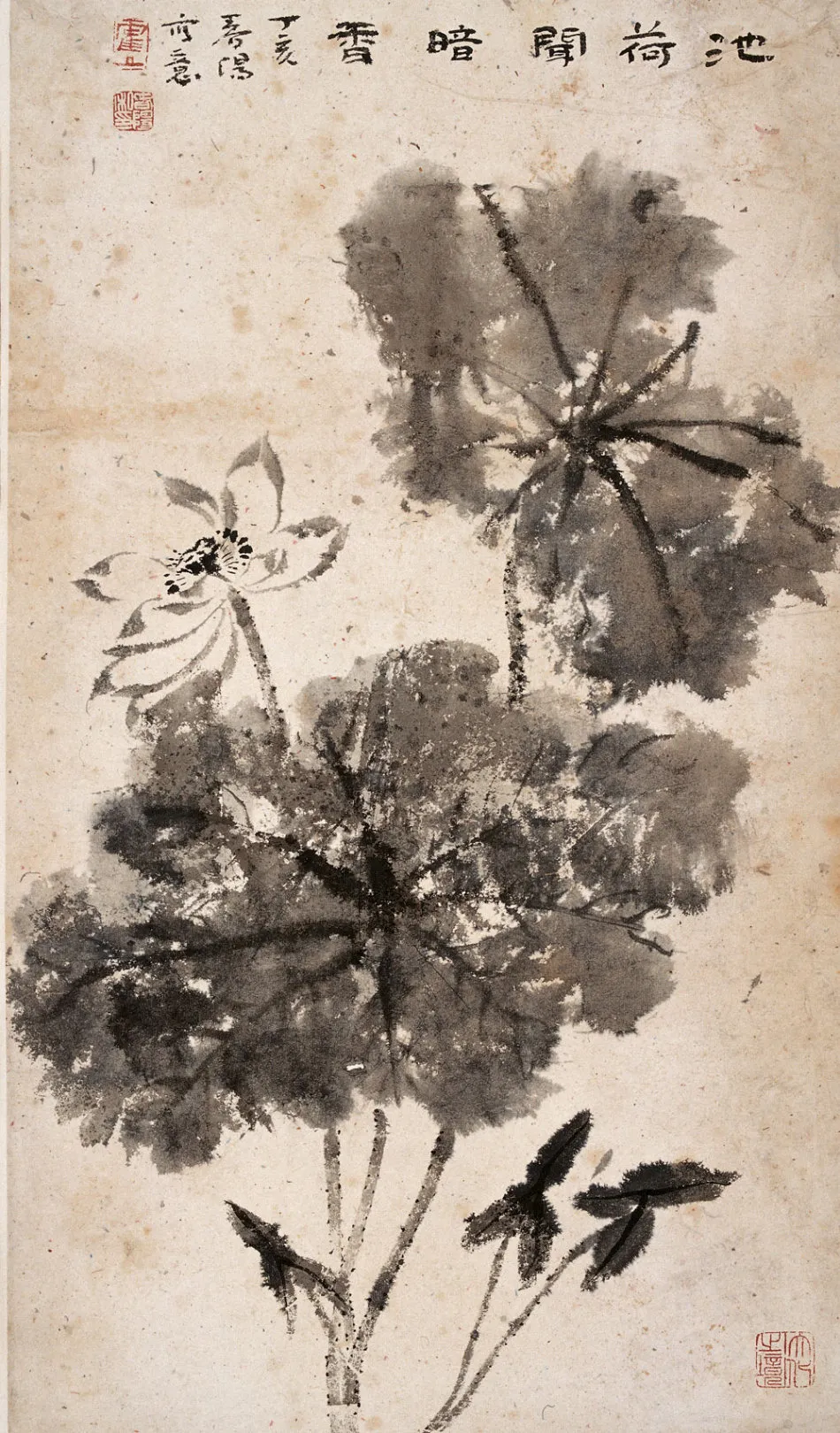


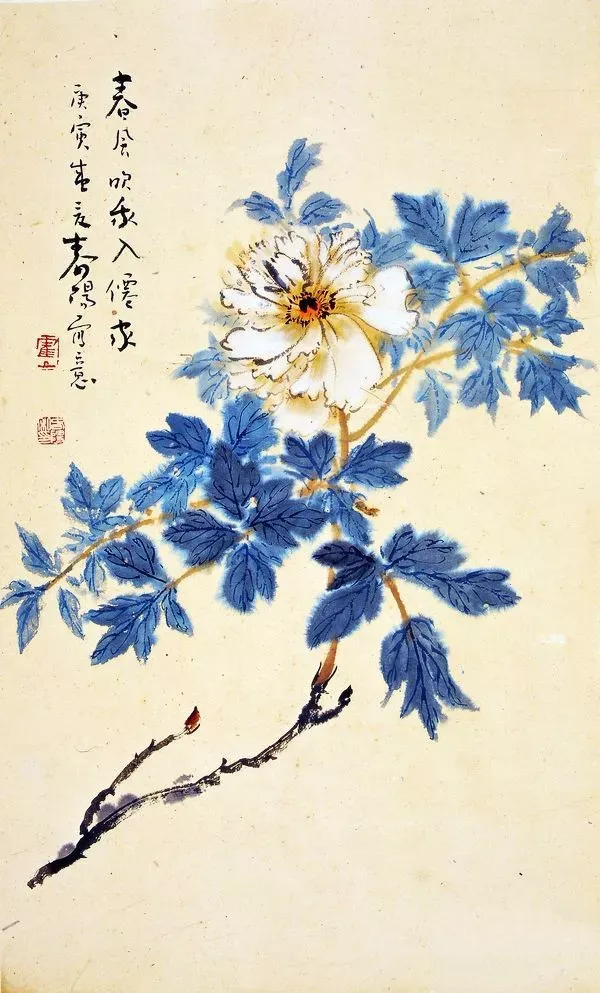
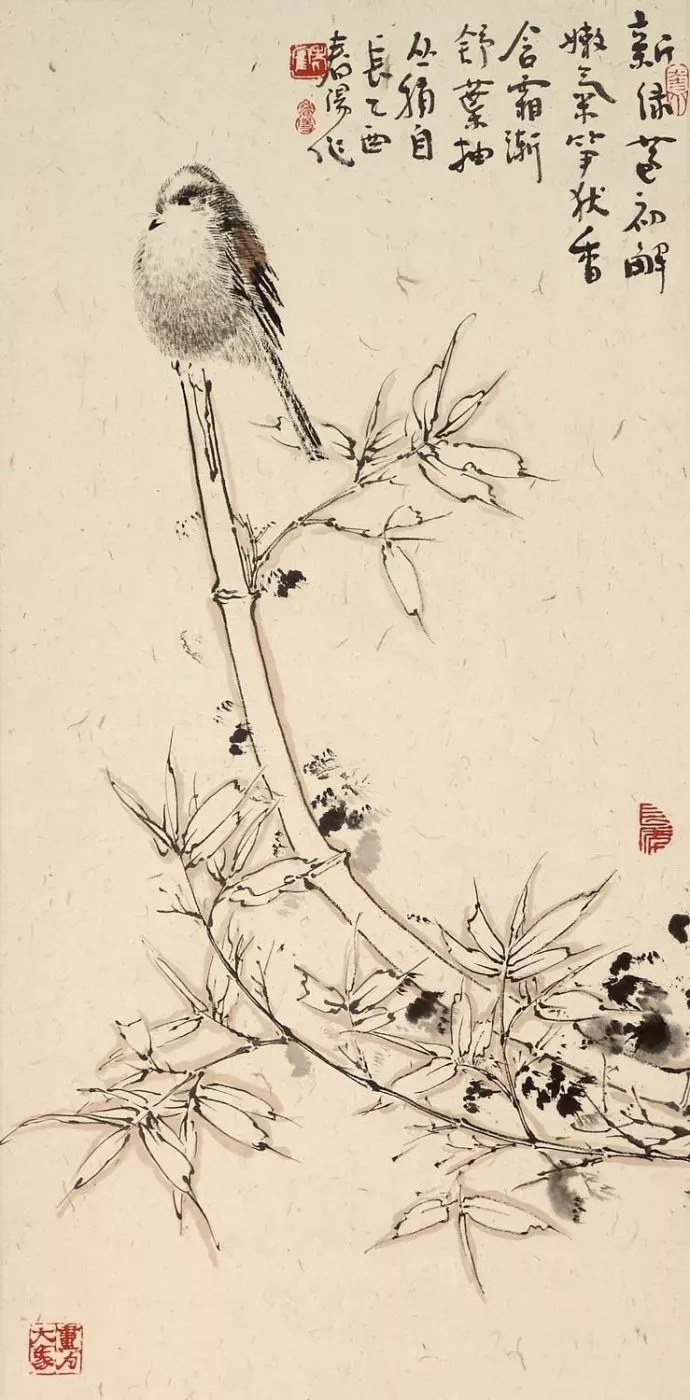
二十世纪八十年代后,霍春阳步入创作丰盈之期,得老庄之道,“自强不息,至柔克刚”;法孔儒文脉,中庸中正,圆融通达;修于简淡冲和,静虚空灵之境。其画作之中,皆渗透此道,隐寓玄妙。守“以淡寓浓、以简寓繁、以疏寓茂、以轻寓重”之旨,不求繁芜,不重尺幅。观其画,未有惊世之悲哀与骇俗之震撼,唯觉如沐春风,中和之气扑面。中则正,正则和,和则宽,宽则大度雍容。所谓喜怒哀乐未发,发而皆中节,是为中和,致中和,天地位焉,万物育焉。此安详冲和之气,方孕中华文明之元气,浩然正气也。其艺术造诣,已臻“逸品”之境。
After the 1980s, Huo Chunyang entered a prolific period of creation, embracing the Daoist philosophy of Laozi and Zhuangzi, which emphasized "strength through self-reliance and softness overcoming hardness." He also adhered to the Confucian principles of moderation, uprightness, and harmony. His artistic pursuits were honed in an ideal state of simplicity and tranquility, embodying serenity and ethereal beauty. This philosophy permeated his paintings, which were imbued with subtle profundity. Adhering to the principle of "expressing richness through simplicity, complexity through brevity, and abundance through sparseness," he did not seek complexity or grand scale. His works evoked not shock or sorrow but a harmonious and soothing presence akin to a gentle spring breeze. This harmonious aura, embodying balance and propriety, nurtured the essence of Chinese civilization—the noble and righteous spirit. Huo Chunyang's art thus achieved an "exquisite" status, establishing his esteemed position in contemporary Chinese painting.
霍春阳雅爱一语:“多瞻仰前贤一日,则胸中多一分丘壑,多一分丘壑,则少一分鄙陋。”文化者,华夏之血脉,五千载奔流不息,未尝一日匮竭。其道统之深,渊源有自,乃中华文化之本。道统者,文化之传承也,凡我中华子孙,皆应引以为傲。
Huo Chunyang cherished the saying: "By venerating the predecessors for one more day, one's heart gains an additional layer of depth; with more depth, there is less pettiness." Culture, as the lifeblood of the Chinese nation, has flowed unceasingly for five thousand years, never faltering. Its deep-rooted tradition is the foundation of Chinese culture. This cultural heritage is something every Chinese person should take pride in.
“落花无言,人淡如菊。”此乃春阳对人品画品之理想境界。数十载耕耘于书海,砚边沉思不辍,深悟丹青之妙谛。其笔下梅兰竹菊,虫草秋荷,皆静寂沉凝,淡雅清纯,尽显其内心之澄澈,意境之深远。绘事之中,蕴涵天人合一之理,恍若天籁无言,静谧如空谷幽兰。斯人斯艺,真可谓艺坛之高士,丹青之逸品也。
"The fallen flower is silent, the person as serene as the chrysanthemum." This epitomizes Huo Chunyang's ideal of personal and artistic excellence. Decades of diligent study and reflection at the edge of the inkstone led him to a deep understanding of the essence of Chinese painting. Whether it was his plum blossoms, orchids, bamboo, chrysanthemums, or his depictions of insects, grasses, and autumn lotuses, all his works exuded a serene, composed, elegant, and pure quality. His art, embodying the principle of harmony between heaven and humanity, was akin to the silent music of nature and the quiet beauty of an orchid in a secluded valley. Such a person and such art indeed make Huo Chunyang a distinguished figure in the art world, an exemplar of refined and exquisite painting.
责任编辑:苗君